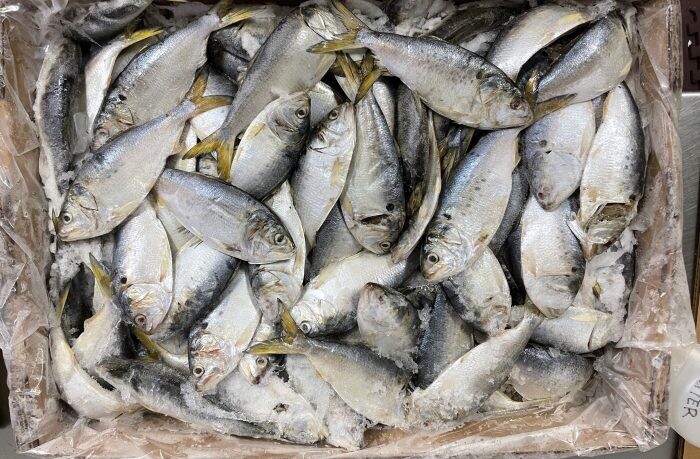October 22, 2024
Gulf menhaden fishery has been confirmed sustainable

GSMFC released a new report showing that the Gulf menhaden fishery has continued to be harvested sustainably and managed effectively. Photo courtesy of Fish and Bait
The Gulf States Marine Fisheries Commission (GSMFC) released a new report showing that the Gulf menhaden fishery has continued to be harvested sustainably and managed effectively. At its annual meeting this past week, GSMFC approved the 2024 Gulf of Mexico Stock Assessment, which confirmed that the Gulf menhaden stock is neither overfished nor experiencing overfishing.
According to sources, an updated stock assessment hasn’t been completed since 2021, but the newest assessment includes new…

You've caught the limit!
Free membership gives you access to:
- Unrestricted access to all NationalFisherman.com articles.
- Receive in-depth reports and research on various topics related to the fishing industry.
- Up-to-date news updates from the fishing industry delivered directly to your inbox twice a week.






